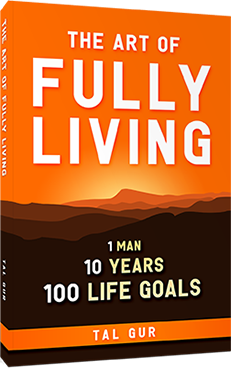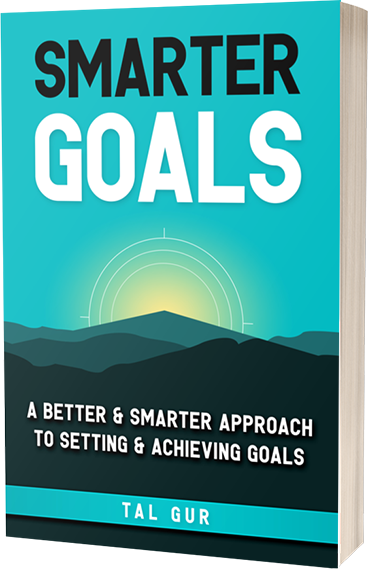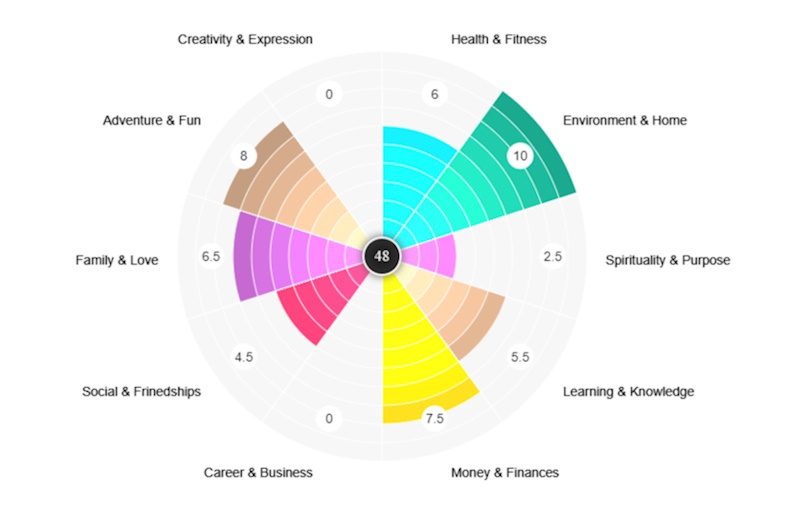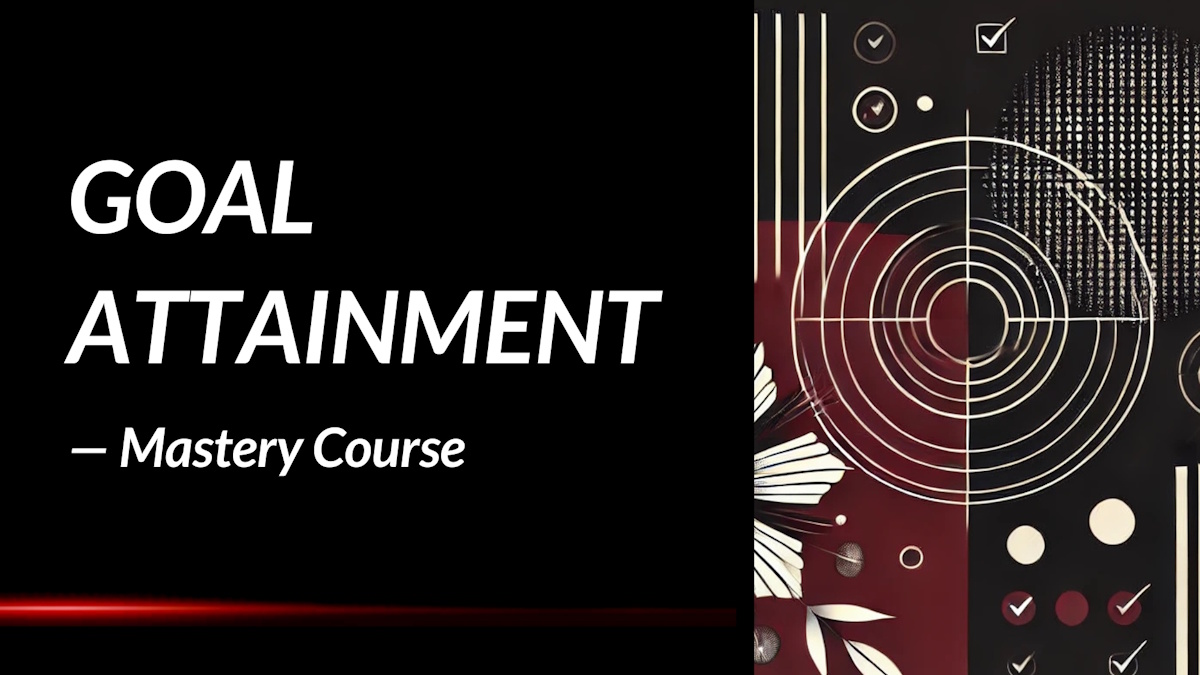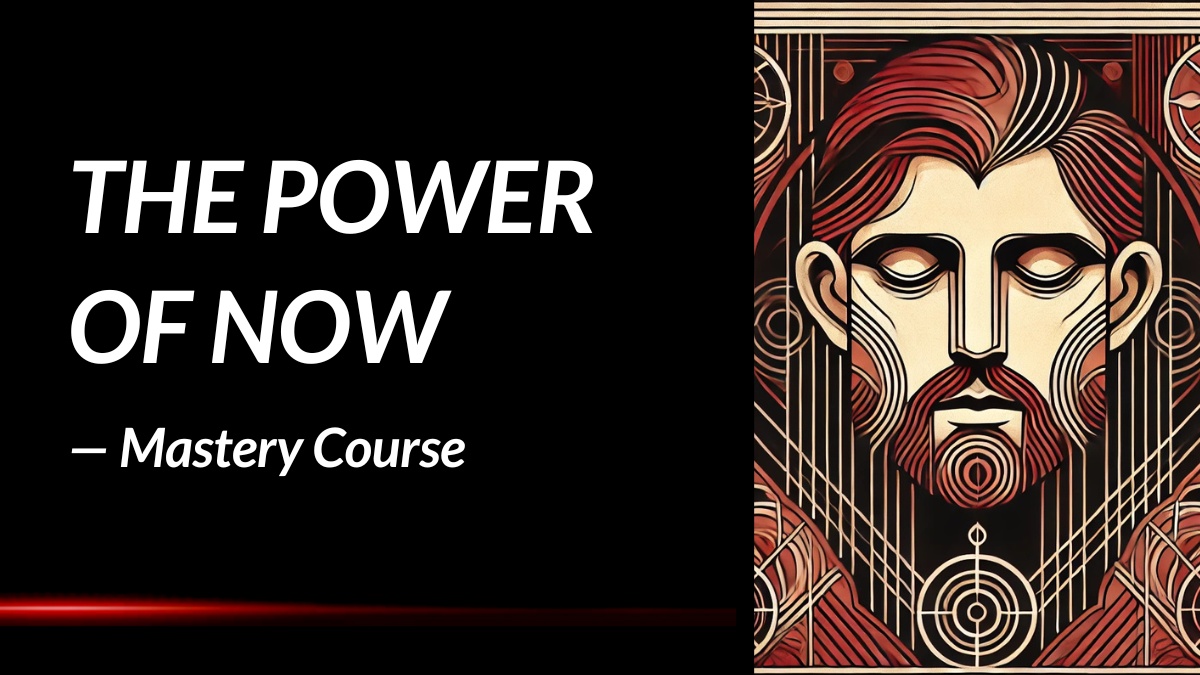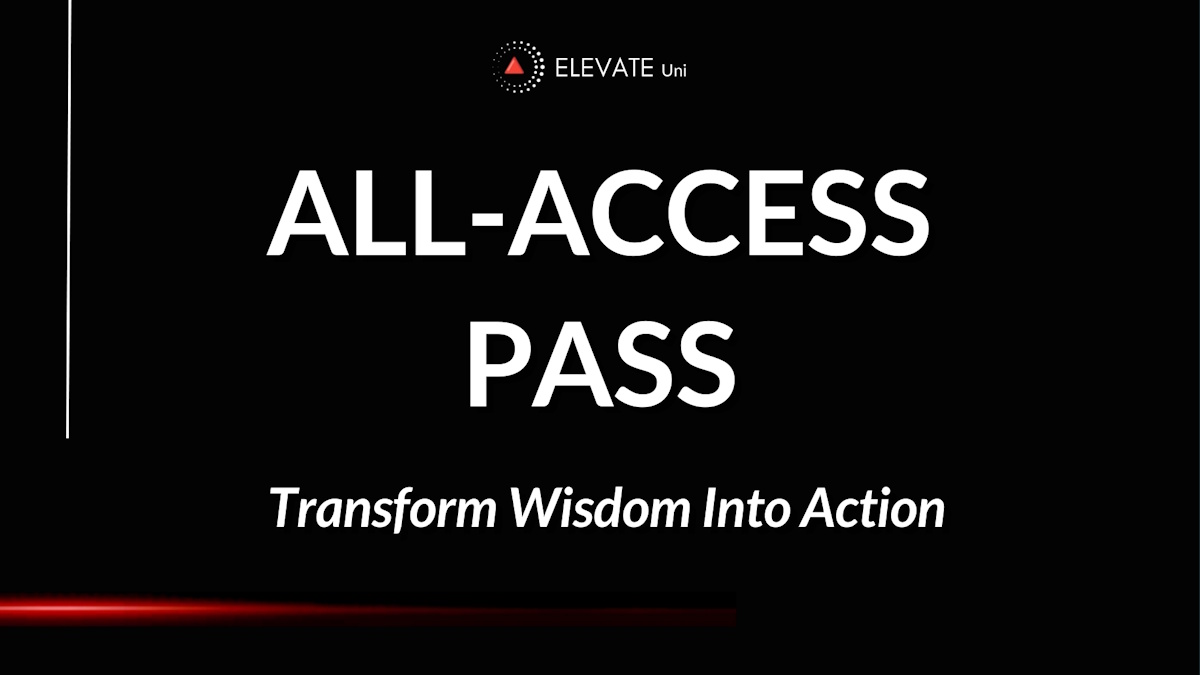Start at the End: Summary Review
What if the key to creating impactful products lies not in the initial idea, but in focusing on the desired outcome? In "Start at the End," behavioral scientist Matt Wallaert presents a compelling case for this approach, offering a fresh perspective on product design that emphasizes behavior change as the ultimate goal.
What is the Book About?
"Start at the End" introduces a novel framework for product and service design rooted in behavioral science. Wallaert asserts that the primary purpose of any product is to drive behavior change. By concentrating on the desired outcomes rather than the processes, companies can better understand what people aim to do and the barriers preventing them from doing so. This understanding enables the creation of products and services that effectively bridge these gaps.
Drawing from his extensive experience in leading product design at organizations like Microsoft and startups such as Clover Health, Wallaert illustrates how this outcome-focused approach can enhance both our work and daily lives. Through engaging examples, including analyses of Uber's ridesharing service and the popularity of Flamin' Hot Cheetos, he demonstrates the practical application of behavioral science in product development. The book serves as an essential roadmap for building meaningful products that facilitate positive behavior change.
Book Details
Print length: 256 pages
Language: English
Publication date: June 11, 2019
Genre: Business, Design, Psychology
Book Author
Core Theme
At its core, "Start at the End" emphasizes the importance of defining the desired behavior change before initiating product design. Wallaert introduces the "Intervention Design Process," a systematic approach that begins with a clear behavioral statement—articulating the exact change designers aim to achieve. This method ensures that products are not only innovative but also purposeful in driving specific behaviors.
The book underscores the significance of understanding the pressures that influence behavior. By identifying both promoting pressures (motivations that encourage behavior) and inhibiting pressures (barriers that deter behavior), designers can craft interventions that effectively address these factors. This approach shifts the focus from merely creating products to intentionally designing solutions that foster meaningful behavior change.
Main Lessons
A few impactful summary lessons from **Start at the End**:
1. Imagine the Outcome and Work Backward
The core philosophy of "Start at the End" is to envision the desired outcome first and then work backward to create a plan. Instead of starting from where you are and figuring out how to move forward, this approach allows you to focus on the end result and craft a path that aligns with your vision. By starting with a clear picture of success, you reverse-engineer the steps needed to reach your goal. This mindset is particularly powerful because it removes ambiguity and helps you concentrate on the most important actions. It’s like mapping a journey by pinpointing the destination first, ensuring that every move brings you closer to where you want to be.
2. Behavior Change Begins with Understanding Pressures
To influence behavior, it’s essential to understand the pressures that shape it. Rather than attempting to directly change actions, focus on the factors that drive those actions. Inhibiting pressures are those that prevent behavior, while promoting pressures encourage it. Often, addressing inhibiting pressures is more effective because they tend to be universal and harder to shift. Identifying these pressures requires a deep dive into the motivations, limitations, and context that shape decisions. By addressing the right pressures, you create environments that naturally foster the desired behavior rather than forcing change.
3. Context Shapes Decisions More Than Intent
Human behavior is profoundly shaped by context rather than just intentions or preferences. A choice made in a relaxed setting differs significantly from one made in a stressful environment. Recognizing this truth allows you to design better interventions by aligning your strategies with the contexts people actually face. For instance, behavior at a crowded bar differs from that in a quiet office because the environment significantly alters how people think and act. Therefore, when designing for change, account for how context may modify reactions, making your interventions more practical and grounded.
4. Leverage Identity to Drive Behavioral Shifts
One of the most powerful drivers of behavior is identity. People act in ways that align with who they believe they are or aspire to be. To change behavior effectively, link the new action to a person’s self-image. For example, if someone sees themselves as a caregiver, introducing technology as a way to enhance care can change their resistance to learning it. Aligning behavior with identity makes the change feel natural rather than imposed, fostering long-term commitment.
5. Addressing Cognitive Burdens Makes Change Easier
Our brains are wired to conserve mental energy, often relying on shortcuts and heuristics. If an action is cognitively burdensome, people will likely avoid it. Successful interventions reduce these mental hurdles by streamlining processes and minimizing decision fatigue. For example, ride-hailing apps like Uber reduce the cognitive effort involved in finding and paying for a taxi. Removing such barriers makes the desired behavior not only more likely but also more sustainable.
6. Conflicting Pressures Highlight Competing Desires
Often, people experience conflicting pressures that make decision-making complex. For instance, one might feel the pull to go out on a Friday night (Uber’s goal) versus the desire to stay in and relax (Netflix’s goal). Understanding these competing pressures allows you to identify potential collaborations or conflicts. Mapping these tensions can reveal hidden opportunities for designing interventions that address both sides or align with the stronger pull.
7. Create a Behavioral Statement for Clarity
A behavioral statement is a concise formula that clarifies what you aim to achieve, who it applies to, and how success will be measured. It encapsulates the desired behavior, the target population, the motivation behind it, the limitations, and the data that will track progress. This structured approach ensures that your objectives are clear and measurable, making it easier to assess the effectiveness of your interventions. Having a well-defined behavioral statement keeps the focus on practical outcomes rather than vague intentions.
8. Ethical Considerations Are Non-Negotiable
Any intervention aimed at changing behavior must undergo rigorous ethical scrutiny. It’s not enough to justify the end result; the means must also align with ethical standards. Deceiving people or leveraging fear to promote behavior change is not just wrong but also counterproductive. Ethical checks involve questioning whether the behavior aligns with people’s goals, whether the benefits outweigh the costs, and whether transparency has been maintained throughout the process. Maintaining high ethical standards preserves trust and ensures that interventions lead to genuine, positive change.
9. Pilot Studies Are Essential for Testing Interventions
Before rolling out a large-scale intervention, conducting pilot studies helps determine its viability in a low-risk environment. Pilots allow you to test hypotheses, gather data, and refine your approach without the pressure of full implementation. These small-scale tests are invaluable in identifying potential flaws and adjusting strategies before committing substantial resources. By starting small, you minimize risks and maximize the chances of success when scaling up.
10. Persistence and Adaptability Lead to Lasting Change
Behavioral change is rarely instantaneous; it requires persistence and the willingness to adapt strategies as new insights emerge. Rather than viewing setbacks as failures, treat them as data points that guide your next steps. Embracing a mindset that values learning over immediate success fosters resilience and long-term progress. The ability to persist, experiment, and iterate is fundamental in transforming vision into reality.
Key Takeaways
Key summary takeaways from the book:
- Begin product design by clearly defining the desired behavior change.
- Utilize the Intervention Design Process to systematically approach behavior-focused design.
- Identify and analyze promoting and inhibiting pressures influencing target behaviors.
- Implement ethical considerations to ensure interventions respect stakeholders.
- Pilot interventions to test feasibility and effectiveness before full-scale implementation.
Book Strengths
"Start at the End" excels in providing a clear, insightful, and practical guide to behavior-focused design. Wallaert's use of real-world examples, such as the success of Uber and Flamin' Hot Cheetos, brings theoretical concepts to life, making them accessible and engaging. His emphasis on ethical considerations and systematic testing further enhances the book's applicability across various industries.
Who This Book Is For
This book is ideal for entrepreneurs, product managers, designers, and business leaders seeking to create products and services that drive meaningful behavior change. It's also valuable for individuals interested in applying behavioral science principles to enhance user engagement and achieve impactful outcomes.
Why Should You Read This Book?
"Start at the End" offers a transformative approach to product design by focusing on the desired behavioral outcomes. Wallaert's insights equip readers with practical tools to understand and influence behavior effectively. By integrating behavioral science into the design process, this book empowers you to create products that not only succeed in the market but also contribute positively to users' lives.
Concluding Thoughts
In "Start at the End," Matt Wallaert challenges conventional product design methodologies by advocating for a behavior-first approach. His Intervention Design Process provides a structured framework that emphasizes understanding and influencing user behavior as the foundation for creating impactful products. By focusing on the desired outcome from the outset, designers and businesses can develop solutions that truly resonate with users and drive meaningful change.
Embracing the principles outlined in this book can lead to more effective and ethical product development. Whether you're an entrepreneur, designer, or business leader, "Start at the End" offers valuable insights that can enhance your approach to creating products that matter.
→ Get the book on Amazon or discover more via the author's website or social channels.
* The publisher and editor of this summary review made every effort to maintain information accuracy, including any published quotes, lessons, takeaways, or summary notes.
Chief Editor
 Tal Gur is an author, founder, and impact-driven entrepreneur at heart. After trading his daily grind for a life of his own daring design, he spent a decade pursuing 100 major life goals around the globe. His journey and most recent book, The Art of Fully Living, has led him to found Elevate Society.
Tal Gur is an author, founder, and impact-driven entrepreneur at heart. After trading his daily grind for a life of his own daring design, he spent a decade pursuing 100 major life goals around the globe. His journey and most recent book, The Art of Fully Living, has led him to found Elevate Society.








